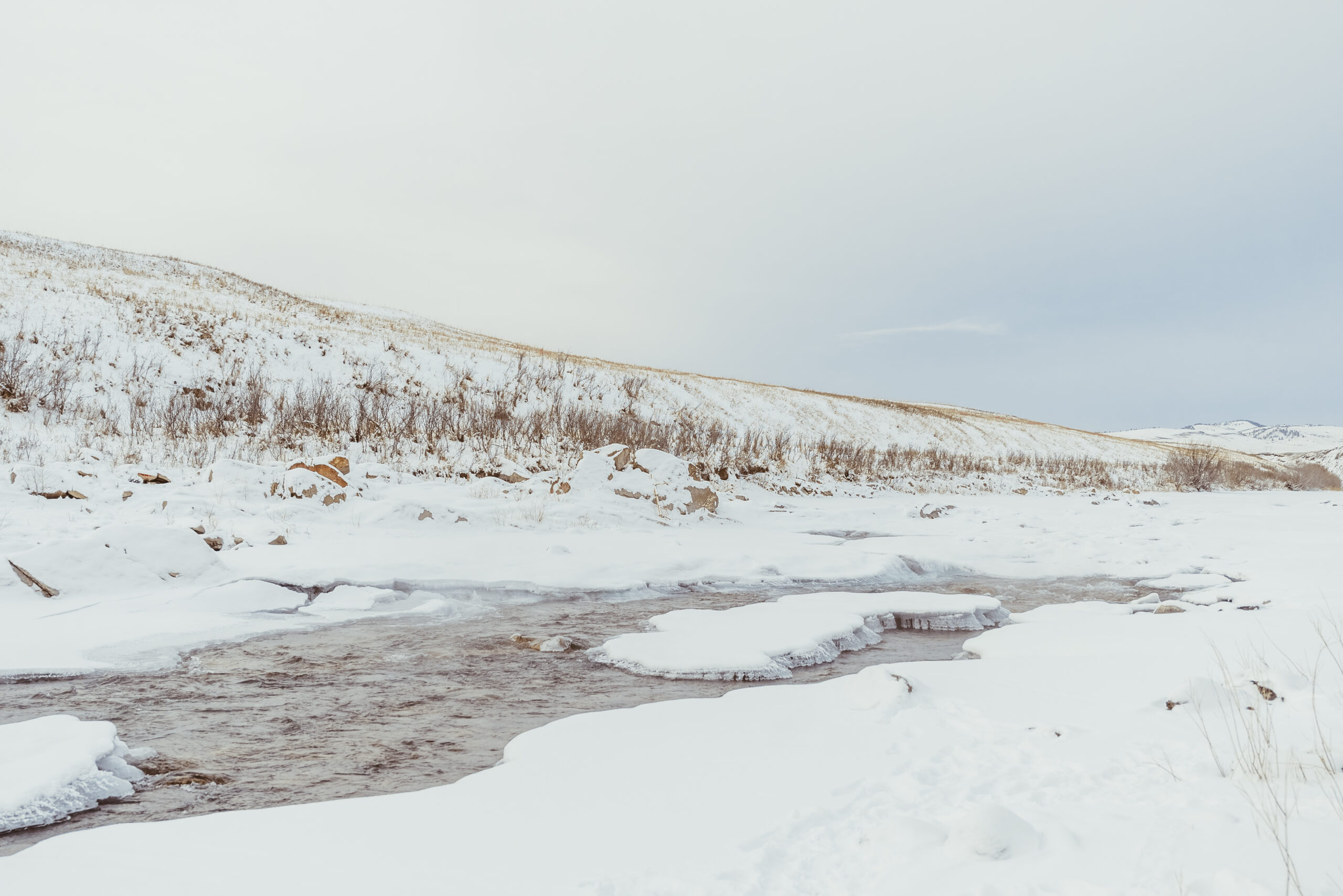On Friday February 17, the Government of Alberta announced that an astounding $8 million in public funds will go to two off-highway vehicle (OHV) groups for the purpose of expanding and maintaining their trail networks. The Government further determined that the two groups – the Alberta Off-Highway Vehicle Association (AOHVA) and the Alberta Snowmobile Association – would be appointed trail managers under the Trails Act.
Since the Trails Act was introduced in 2021, CPAWS Southern and Northern Alberta have voiced our concerns with appointing third-party trail managers, particularly in the absence of comprehensive land-use planning that considers the cumulative impacts of industry and recreation.
Improperly placed trails, or trail networks that exceed science-based thresholds, carry numerous and significant risks, including jeopardizing biodiversity and ecological integrity. For instance, sensitive species such as grizzly bear, elk, and caribou may avoid areas entirely, further limiting their already-reduced habitat, or be at increased risk of predation. Water quality also diminishes in overburdened regions, and aquatic species – like our at-risk native trout – suffer.
Motorized trails can impact the use and enjoyment of an area by hikers, anglers, campers, birders, hunters and others who cherish the opportunity to recreate on quiet, undisturbed landscapes.
“As it stands, cumulative impacts on Alberta’s landscapes are already high; and, in many locations across the province, density of linear disturbance needs to decrease. In these locations, the expansion of a trail or network is ecologically insupportable,” Katie Morrison of CPAWS Southern Alberta notes. While new trail creation is supposed to occur through a formal planning process, it is unclear exactly what that process is – and comprehensive trail planning has not occurred across most of the province.
Despite all of this, funding will be distributed to the third-party trail managers immediately. Both organizations have stated the monies will be used to grow their existing trail networks, meaning trails could be placed or expanded inappropriately, and making changes through any future planning process could prove that much more difficult.
What’s more, even the inoffensive sounding ‘trail maintenance’ can have unintended consequences. “While maintenance or improvement of trails can be beneficial,” says Kecia Kerr of CPAWS Northern Alberta, ‘trail improvement’ in sensitive areas can negatively impact watersheds, as well as threatened species – and the increased traffic or expanded accessibility into these areas that often results from such maintenance and improvement can further exacerbate those impacts.”
Beyond the environmental implications of this decision is the question of accountability that arises in the face of third-party management. While many trails do require improvement, trail management and authority on public lands should remain in public hands – in other words, under provincial jurisdiction.
CPAWS also previously expressed our concern over the lack of transparency in the selection of trail managers. In Friday’s release, the Government of Alberta stated it is developing agreements with the AOHVA and Alberta Snowmobile Association, as described above. However, no open, transparent application or selection process occurred prior to this agreement being drafted.
“If this is the route that the provincial government has decided to take, then selection of trail managers and organizations which enter into a trail agreement needs to be a transparent, equitable process.” says Morrison, “This will ensure a fair balance between user groups, allowing for a diversity of organizations to be involved in the trail management process. A dedicated website and comprehensive process should be in place for selecting organizations prior to entering into any agreements.”
Finally, while it is currently unclear how it will be determined where trail management and expansion occur – and if they should – greater consideration must be given to ecosystem and watershed integrity, cumulative impacts, species-at-risk, and the needs of multiple user types – not just OHVs. This consideration cannot be done by a third-party manager alone and must involve a comprehensive trail planning process with input from all affected stakeholders.
For more information, please contact:
Katie Morrison, Executive Director, CPAWS Southern Alberta
kmorrison@cpaws.org
Kecia Kerr, Executive Director, CPAWS Northern Alberta
kkerr@cpaws.org
More News

New Report Demonstrates High Risk to Upper Highwood Watersheds Should Logging Go Ahead

Banff Railway Lands Area Redevelopment Plan Goes to Public Hearing


